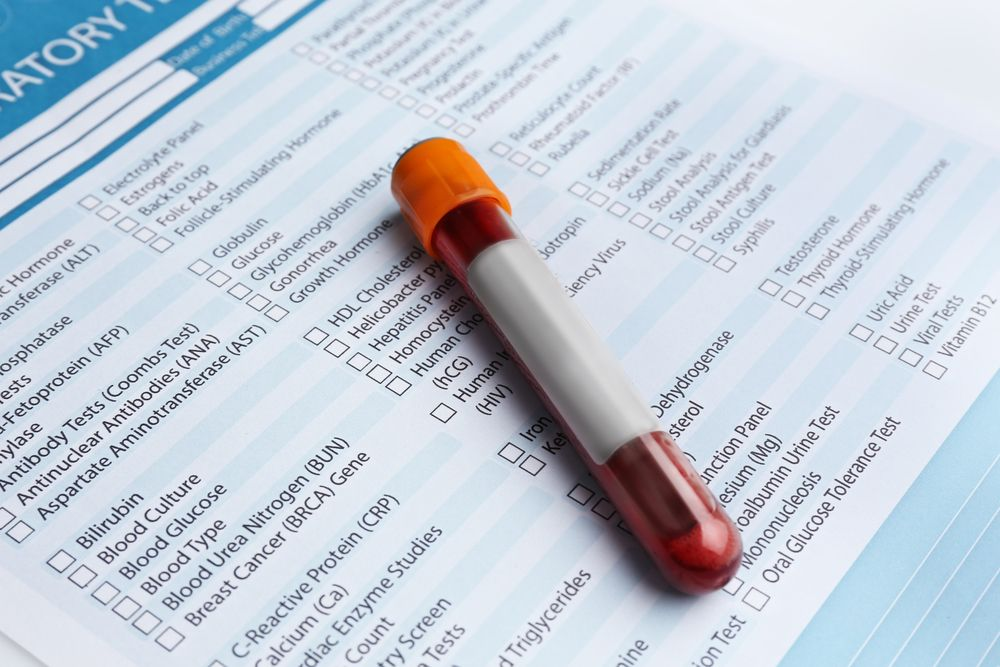£50 test could spot deadly heart disease

The first blood test to diagnose a deadly form of heart disease could be available in as little as a year, following a discovery by Barts Heart Centre doctors.
The research offers hope of a quick and cheap way of diagnosing inflammation of the heart muscle called myocarditis.
It’s estimated that one young person dies suddenly every week in the UK due to previously undiagnosed myocarditis. Symptoms include a temperature, fatigue, chest pain and shortness of breath, which can all be easily mistaken for other conditions.
Diagnosis usually includes a heart biopsy, an expensive, invasive, and risky procedure which can sometimes still miss signs of the condition. Now, a team of researchers have found that the presence of T-cells – a type of white blood cell – expressing a molecule called cMet in the blood strongly indicates that a person has myocarditis. They say that cMet-expressing T cells levels could be detected through a routine blood test with results available within hours.
They hope this finding will help people to get the treatment they need earlier, reducing the risk that they will develop life-threatening complications such as abnormal heart rhythms or heart failure.
The study was undertaken at Queen Mary University of London, supported by the British Heart Foundation and Barts Charity, and involving Barts Health NHS Trust patients.
Lead researcher Professor Federica Marelli-Berg said: “Early intervention is crucial. In some cases, it can be only a matter of weeks between the onset of symptoms and development of heart failure. But without a diagnosis doctors can’t offer their patients the right treatment.
“This test could be a simple addition to the routine blood tests ordered in doctors' surgeries. When viewed in combination with symptoms, the results could allow GPs to easily determine whether their patients have myocarditis.
“While we still need to confirm these findings in a larger study, we’re hopeful that it won’t be long until it is in regular use.”
This research was published in the journal Circulation and featured in The Times, Metro, the i, Sun, MailOnline and Independent.
